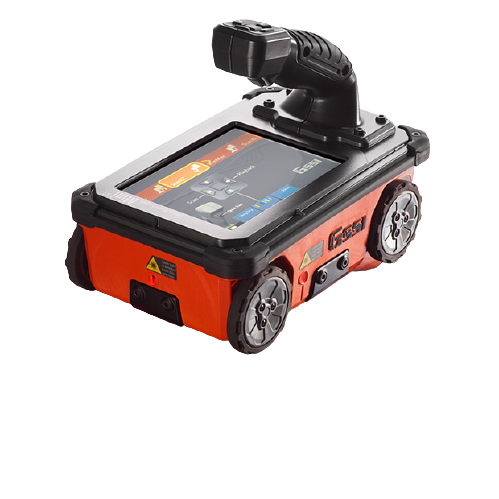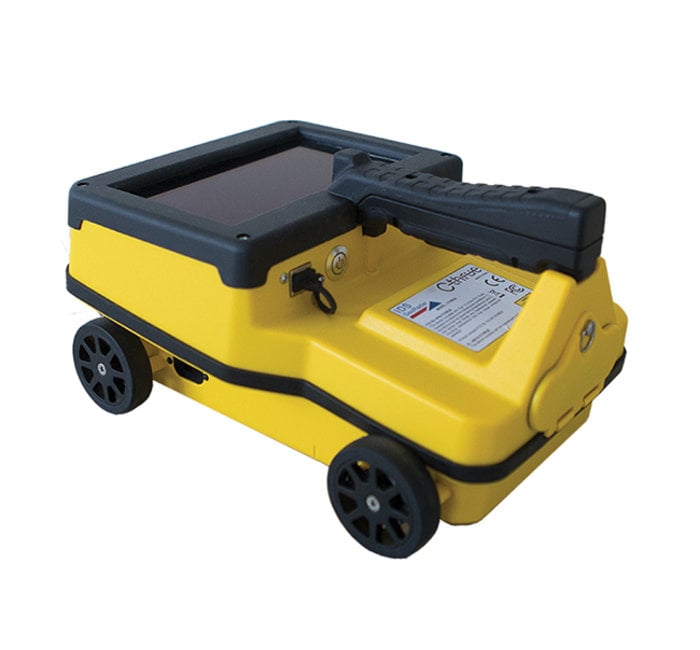Regional RainierGPR Service Areas for Accuracy Concrete Scanning
Concrete Scanning: A Critical Step Towards Making Sure Structural Honesty and Safety
In the world of building and construction and facilities maintenance, the value of concrete scanning can not be overemphasized. By employing sophisticated modern technology and methods, concrete scanning offers as an essential device in making sure that the integrity and safety and security of buildings and bridges are upheld to the greatest standards.
Significance of Concrete Scanning
Concrete scanning plays a crucial duty in ensuring the architectural stability and safety and security of buildings and infrastructure jobs. By making use of advanced innovations such as ground-penetrating radar (GPR) and electromagnetic induction, professionals can non-destructively check concrete frameworks to spot prospective defects, gaps, embedded things, and reinforcement format. This process allows early discovery of abnormalities that can jeopardize the security of a framework, avoiding pricey problems and making certain the safety and security of residents.
Before exploration, reducing, or coring into concrete, scanning helps identify the exact locations of rebar, post-tension wires, and various other ingrained elements, decreasing the threat of unintended hits that could lead to structural weak points. In addition, concrete scanning help in high quality control by validating the density of concrete covers and spotting any disparities that might impact the general sturdiness of the structure.
Innovation for Concrete Assessment

Benefits of Very Early Detection
Timely detection of architectural concerns can significantly mitigate threats and ensure the long life of building and construction tasks. By determining possible issues beforehand in the building process, stakeholders can take aggressive procedures to deal with issues prior to they escalate right into larger and a lot more costly troubles. One of the vital advantages of early discovery is the avoidance of structural failings, which can posture major safety dangers and lead to job delays and economic losses.
Additionally, very early detection enables for prompt repairs and maintenance, which can aid prolong the lifespan of the framework. By resolving concerns immediately, building teams can stay clear of expensive repair work or even the demand for early replacement of architectural elements. This proactive approach not just saves money and time however also boosts the general safety and security and resilience of the construction task.
In addition, early discovery can improve task planning and decision-making by providing stakeholders with beneficial insights right into the condition of the framework. Armed with this info, project supervisors can make informed options regarding building and construction products, timelines, and methods, bring about much more reliable and successful project results.
Ensuring Structural Security
Making certain the architectural security of a building job is vital to its safety and security and long life. Concrete scanning plays a crucial role in ensuring structural security by discovering prospective issues such as voids, delamination, or support deterioration that can compromise the honesty of the framework over time.
By making use of innovative scanning technologies like ground-penetrating radar (GPR) and electro-magnetic induction, building and construction professionals can non-invasively check concrete structures to identify locations of worry below the surface area. This aggressive method enables the very early detection of defects or weak points, making it possible for timely repairs or support to stop architectural failures.
Normal concrete scanning during various building phases and throughout the life process of a framework can assist keep its stability, minimize risks, and make certain the security of owners. By prioritizing architectural stability with concrete scanning, building and construction jobs can improve their strength and durability, eventually the original source adding to greater safety and security and longevity.

Avoiding Essential Failures
Applying regular assessments, such as concrete scanning, can expose hidden defects like voids, splits, or deterioration that can jeopardize the stability of a structure. By utilizing innovative scanning modern technologies like Ground Passing through Radar (GPR) or Concrete X-ray, engineers can non-destructively evaluate the condition of concrete and determine weak points that call for support or repair work.

Verdict
Finally, concrete scanning plays an important role in guaranteeing architectural honesty and safety by utilizing sophisticated modern technology for very early detection of potential problems. This aggressive strategy helps avoid important failings and ensures the stability of structures. It is necessary to focus on concrete examination as a standard practice to secure the durability and safety and security of structures and facilities.
Concrete scanning plays an important duty in making sure the architectural stability and security of buildings and facilities projects. Additionally, concrete scanning aids in quality control by validating the thickness of concrete covers and finding any type of inconsistencies that may affect the overall resilience of the structure. Concrete scanning plays a crucial my explanation duty in making certain architectural stability by detecting possible concerns such as spaces, delamination, or reinforcement deterioration that might compromise the integrity of the framework over time.

In final thought, concrete scanning plays a vital role in ensuring architectural stability and safety by making use of innovative innovation for early discovery of prospective issues.